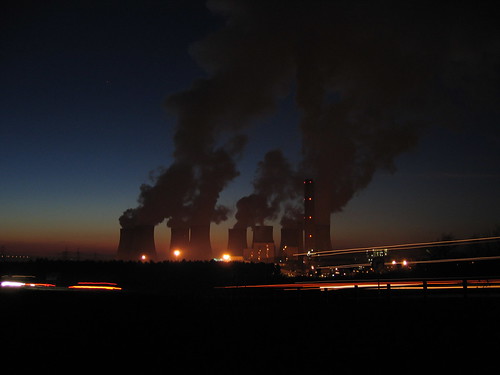“And now for Australia’s next great challenge — saving our environment”
Australia’s vast oceans cover twice as much area as our land. They include some of the world’s most significant marine ecosystems such as the Great Barrier Reef, Ningaloo Reef, Shark Bay and the Great Australian Bight. More than 80 per cent of plants and animals living in our southern ocean waters are found nowhere else. Establishing Australia’s first Ocean Act would provide a legal foundation for the good management of our oceans.This should be backed by a national network of marine national parks and an Australian Oceans Fund. This fund could help urban and regional coastal communities better protect their local environments and would improve the management of estuary and marine environments. (Link to The Age article)
“UN scientists to hammer out final climate change report”The UN’s top climate scientists gathered in the Spanish port city of Valencia Monday to boil down their landmark report on global warming into a summary version for policymakers. The Intergovernmental Panel on Climate Change (IPCC), which won this year’s Nobel Peace Prize, has warned of dire consequences unless rising temperatures caused by greenhouse gases are held in check. The document to be issued in Valencia next Saturday distills its 2,500-page, three-volume assessment — the first since 2001 — into a 25-page synthesis designed to guide government decisions on how to best accomplish this.
The more forceful the panel’s conclusions, the more pressure it will put on policymakers to adopt measures — some of them politically costly — ranging from carbon taxes and mandatory caps on CO2 emissions to huge investment in renewable energy. But even as it basks in the limelight of the Nobel Prize, the IPCC has been criticized for being too conservative in the face of mounting evidence of a global crisis. (Link to AFP article)
“Scientists strive to pinpoint warming forecasts”Moving on from the risk of global warming, scientists are now looking for ways to pinpoint the areas set to be affected by climate change, to help countries plan everything from new crops to hydropower dams. Billion-dollar investments, ranging from irrigation and flood defences to the site of wind farms or ski resorts, could hinge on assessments about how much drier, wetter, windier or warmer a particular area will become. (Link to Reuters article)

 Two interesting news articles have come out of Harvard this week: firstly an excellent speech by
Two interesting news articles have come out of Harvard this week: firstly an excellent speech by  A new study published in the Proceedings of the
A new study published in the Proceedings of the  Recent research published in the journal
Recent research published in the journal  “There are 400 species of corals and hundreds of invertebrates on the Great Barrier Reef. Many spawn in mass over a couple of nights after the full moon in October or November. So how do they all know to do it together? It seems that corals can detect moonlight. Ove Hoegh-Guldberg explains how a class of proteins has been discovered which tune circadian rhythms. They are produced by a particular gene. So despite the faintness of moonlight, organisms can detect it and time their spawning to maximise the chance of reproduction.
“There are 400 species of corals and hundreds of invertebrates on the Great Barrier Reef. Many spawn in mass over a couple of nights after the full moon in October or November. So how do they all know to do it together? It seems that corals can detect moonlight. Ove Hoegh-Guldberg explains how a class of proteins has been discovered which tune circadian rhythms. They are produced by a particular gene. So despite the faintness of moonlight, organisms can detect it and time their spawning to maximise the chance of reproduction. A recent
A recent 